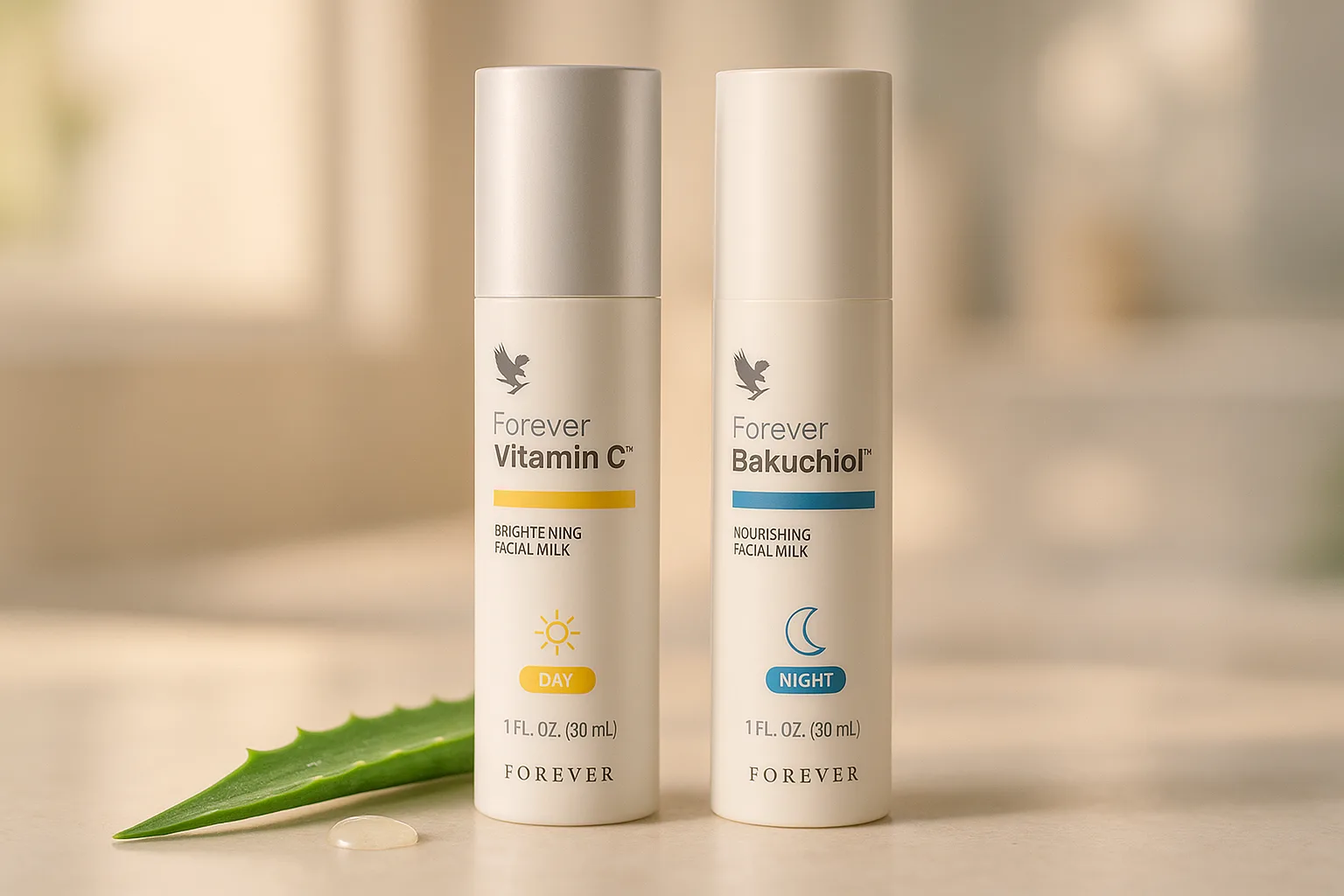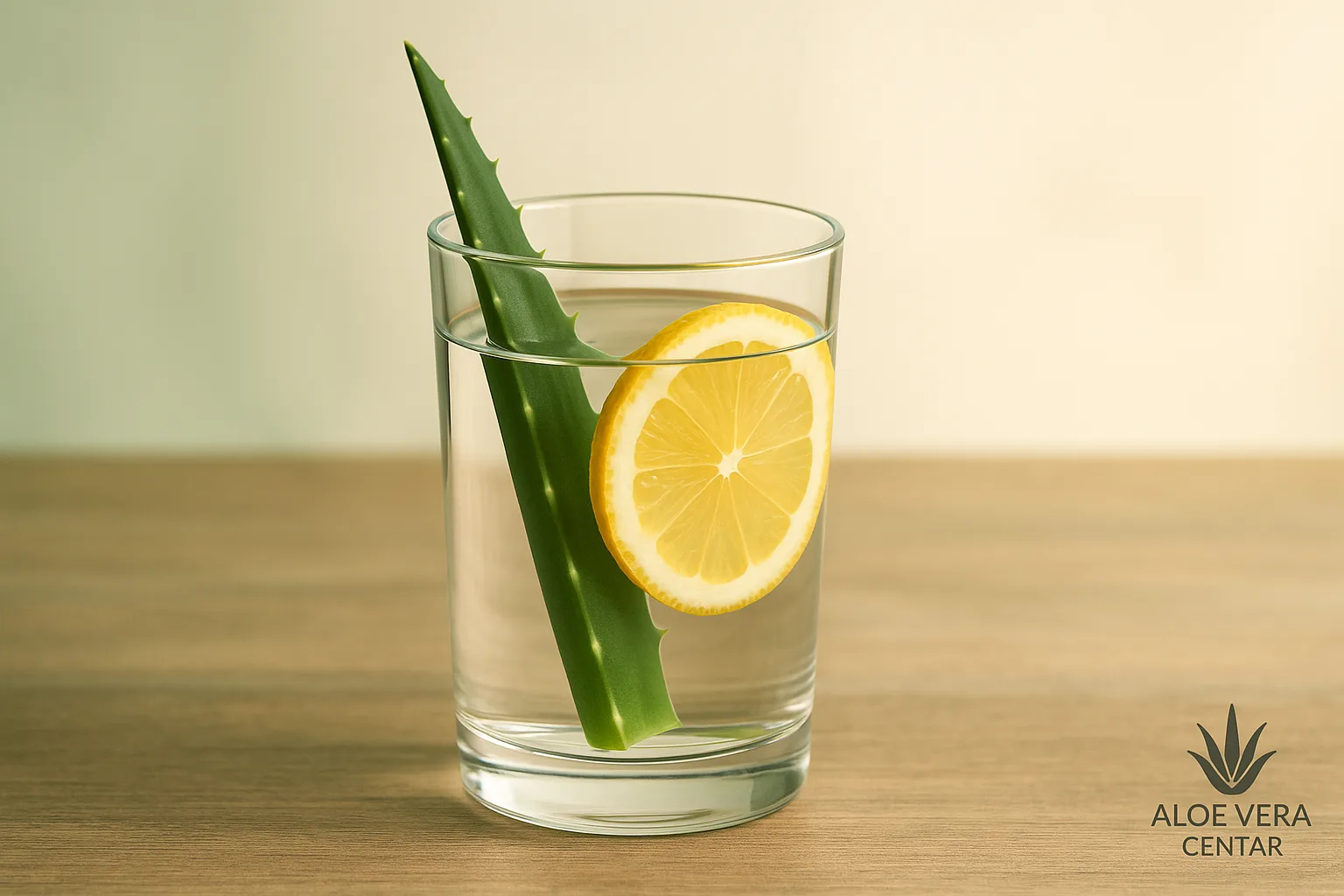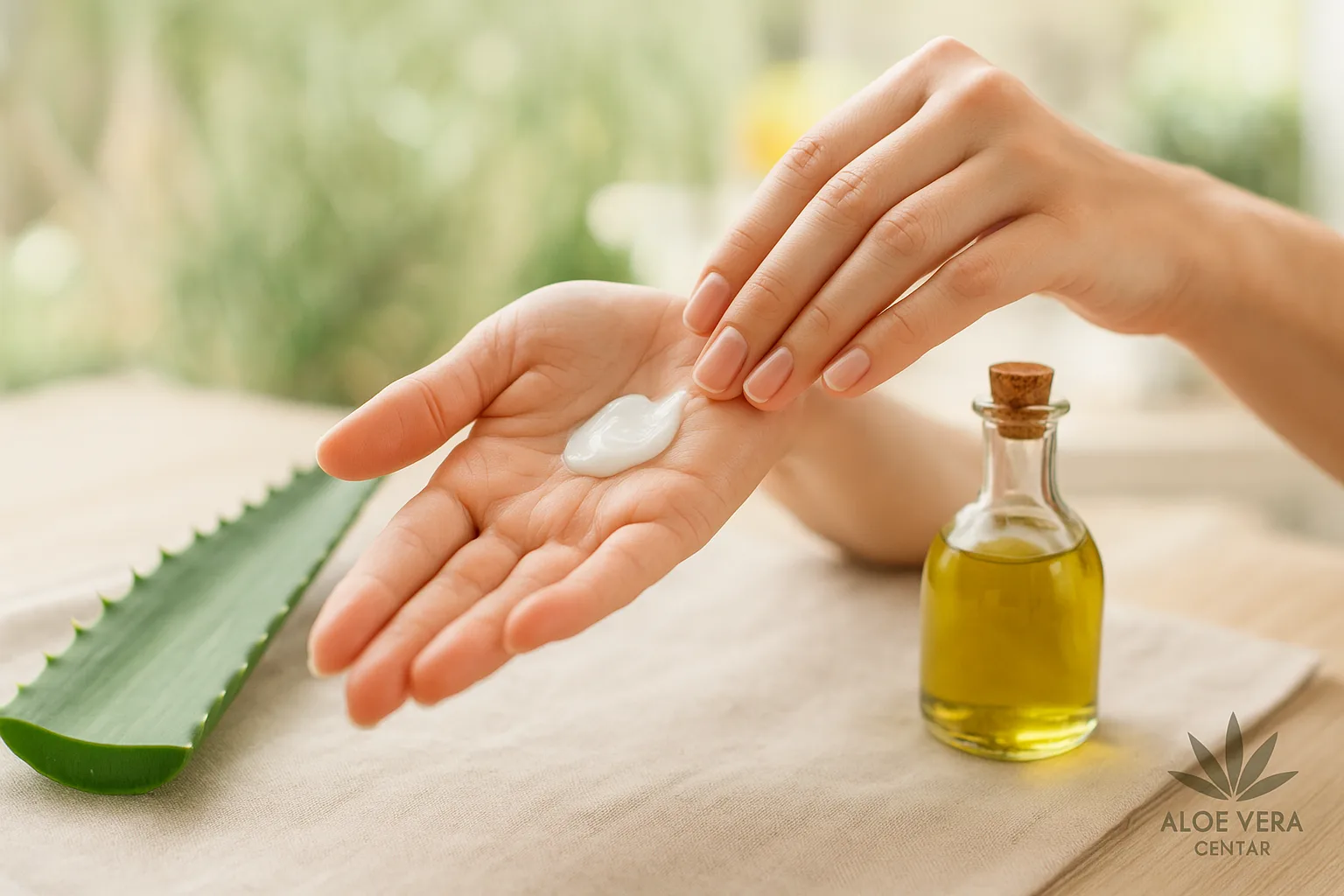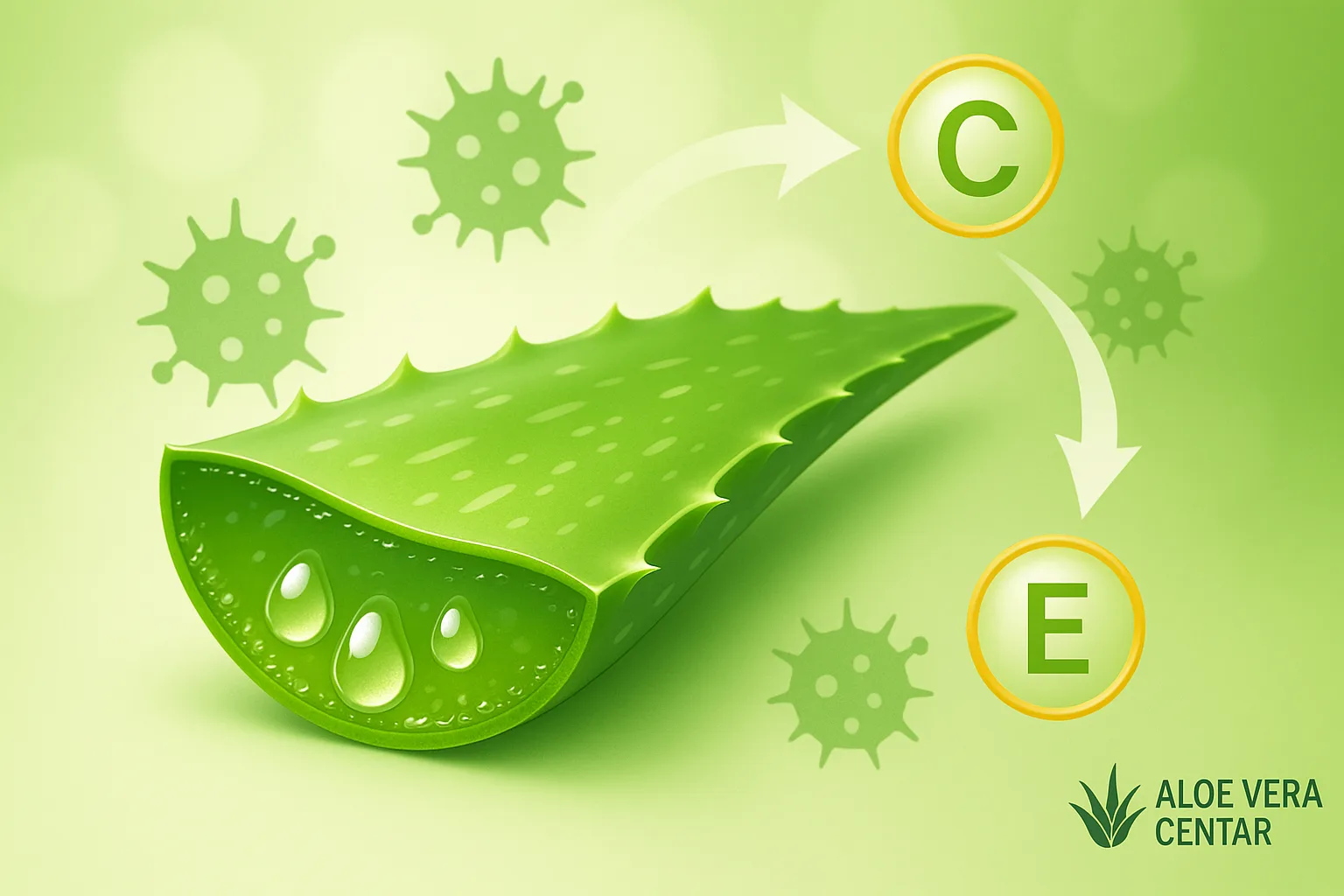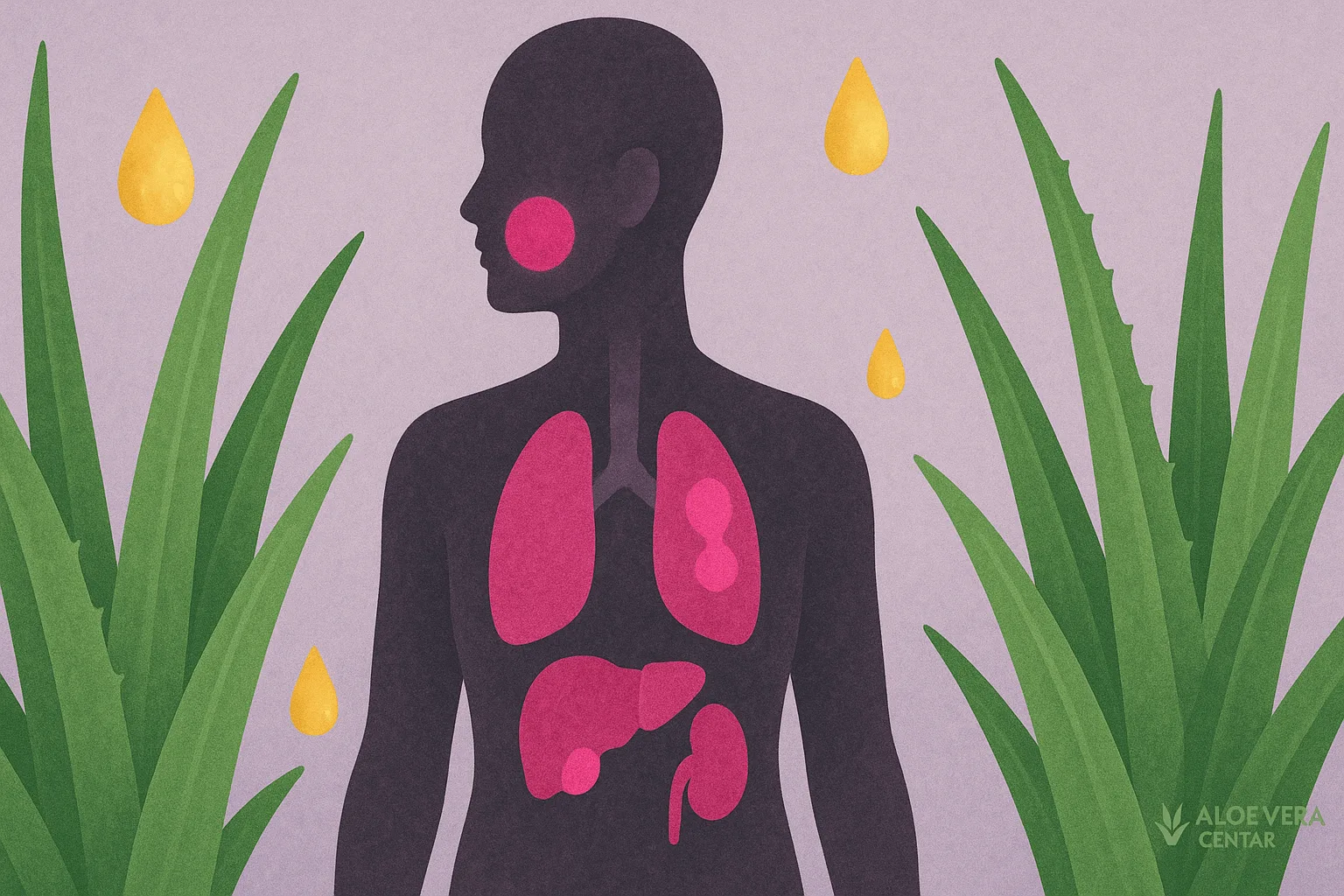
Lupus Symptoms: Recognize the Early Signs and Discover Natural Remedies
Lupus symptoms: how to recognize lupus and help yourself naturally
Lupus symptoms are not always obvious – sometimes they resemble simple fatigue, a sunburn or mild arthritis. This is why lupus , or more specifically systemic lupus erythematosus (SLE), is often diagnosed with a significant delay. In this comprehensive guide, you will learn how to look for early signs, what the latest scientific knowledge is about the causes and – most importantly – how to use natural strategies to reduce inflammation, support immune balance and restore vitality.
What is lupus disease and why does it occur?
SLE is an autoimmune disease in which antibodies attack almost every tissue – from the skin and joints to the kidneys and heart. Sound scary? Keep reading… Scientists identify four main triggers:
- Genetic predisposition – certain HLA-DR alleles increase the risk by as much as five times.
- Hormonal factor – women of childbearing age are nine times more likely to get the disease.
- Environmental stressors – UV rays, smoking, and viruses (EBV, CMV) can “fire” the initial signal.
- Dysbiosis of intestinal microbiota – “leaky gut” increases the autoantigen load.
A meta-analysis from 2024 showed that vitamin D3 improves the activity of T-reg cells , while omega-3 supplementation reduced CRP and ESR in patients with SLE.
Top 12 Lupus Symptoms (Early and Late Signs)
- Chronic fatigue – “batteries” run out after just your morning coffee.
- Symmetrical joint pain (arthralgia) and morning stiffness.
- Malar rash (“butterfly” rash across cheeks and nose) worsened by UV.
- Photosensitivity – even a short exposure to the sun causes redness.
- Unexplained hair loss or thinning hair.
- Irregular heartbeat and chest pain (serositis).
- Raynaud’s phenomenon – fingers turn blue in the cold, then red.
- Sores in the mouth or nose that are slow to heal.
- High fever without infection.
- Swollen lymph nodes and a feeling of “heaviness” in the neck.
- Kidney problems – foamy urine, ankle edema.
- “Brain fog” – forgetfulness, poor concentration.
If you recognize three or more of the signs listed above, request a referral for antinuclear antibodies (ANA), anti-dsDNA, C3/C4 components, and a complete blood count. Early diagnosis reduces the risk of organ damage.
Diagnostic pathway: what to expect?
The doctor will usually do:
- Laboratory : ANA, anti-dsDNA, anti-Sm, anti-Ro/La, C3/C4, CRP, ESR.
- Urine : proteins, erythrocytes and casts for early detection of nephritis.
- Heart Doppler (echo) if there are symptoms of pericarditis.
- Skin or kidney biopsy in unclear cases.
If you have rheumatoid arthritis or another autoimmune disease in your family, be even more vigilant – comorbidity is not uncommon.
Natural help: six pillars of an anti-inflammatory strategy
1. Vitamin D3 + zinc + selenium
Sounds too good to be true? However, a randomized trial showed a 25% drop in anti-dsDNA titers with 4,000 IU of D3 over six months. An easy way to get the “triple” in one pill is Forever Immublend – it also contains maitake mushroom, which stimulates T-reg cells.
2. Omega-3 fatty acids
EPA and DHA reduce the NF-κB signal and improve the lipid profile. One dose of Forever Arctic Sea Omega provides a clinically proven 2:1 ratio in favor of EPA, crucial for calming inflammation.
3. Aloe vera gel and lupus symptoms
Forever Aloe Vera Gel, rich in the polysaccharide acemannan, helps heal the intestinal mucosa and reduces systemic oxidative stress. 100 ml in the morning before breakfast is enough for the daily dose.
4. Probiotics & fiber
Good microbiome = lack of autoantibodies. A clinically proven blend of six strains is found in Forever Active Pro B. To “feed” the good bacteria, add a tablespoon of soluble fiber to your smoothie.
5. Turmeric + piperine
See detailed tips in the article on how to boost curcumin absorption . Curcumin blocks COX-2 and LOX enzymes, comparable to some NSAIDs, but without the stomach discomfort.
6. Stress management
Meditation, guided breathing and ashwagandha (300 mg in the evening) have been proven to lower cortisol, which normally “pumps” inflammation.
Anti-lupus menu: 3 days to start making changes
Day 1
- Breakfast: Blueberry, spinach and chia seed smoothie + 120 ml Aloe Vera Gel.
- Lunch: Quinoa salad, grilled salmon, avocado.
- Dinner: Sweet potato and ginger soup, feta-straw of fresh vegetables.
Day 2
- Breakfast: Oatmeal with raspberries and turmeric.
- Lunch: Chicken with curry and coconut, steamed broccoli.
- Dinner: Cold hummus + carrot and cucumber sticks.
Day 3
- Breakfast: Greek yogurt, nuts and honey.
- Lunch: Chickpea pasta, spinach pesto, cherry tomatoes.
- Dinner: Baked mackerel, sweet potato and arugula salad.
Want a menu tailored to your schedule? Use the AI advisor – it analyzes your needs in 60 seconds.
Lifestyle habits that conserve energy
- UV protection – cream with Aloe Sunscreen and SPF 30+ is a must, even in winter.
- Regular, but gentle activity – 30 minutes of walking or yoga – reduces inflammation.
- Digital detox an hour before bed for melatonin.
- No smoking – nicotine increases oxidative stress and reduces the effectiveness of medications.
Frequently asked questions
How long does it take for natural measures to show results?
Most users notice less fatigue and pain within 4–6 weeks, while laboratory values (CRP, ESR) usually only drop after three months.
Can supplements replace corticosteroids or antimalarials?
No. Supplements are a support, not a substitute for prescribed therapy. Discuss any changes with your rheumatologist.
Is a gluten-free diet necessary?
It is not mandatory, but a 6-week elimination trial sometimes reduces rash and bloating.
Can I exercise if my joints hurt?
Yes, but choose low-impact activities (swimming, yoga) and increase the intensity gradually.
Conclusion: your first action today
Lupus symptoms can be tricky, but early recognition and targeted natural support make a big difference. Start by optimizing your vitamin D3, omega-3, and probiotic balance. Add Aloe Vera Gel for a healthy gut barrier – and be consistent. To jumpstart your journey, get 15% off your starter pack and take the first step toward feeling better today!
- Hashimoto’s symptoms: 15 early signs of autoimmune thyroid disease
- Multiple Sclerosis: Diet, Supplements, and Exercise to Reduce the Autoimmune Reaction
- Autoimmune diseases and natural immune support – a complete guide
- Rheumatoid arthritis: can diet alleviate the autoimmune reaction?
Disclaimer: The article is educational in nature and does not replace individual medical advice. Consult a qualified physician for diagnosis and therapy.

